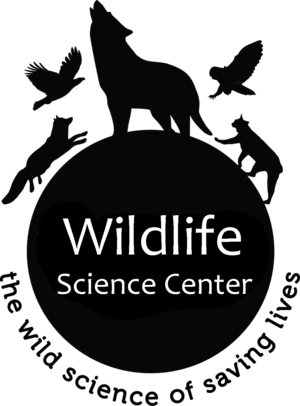Red Wolf Recovery Program
Conservation of the red wolf has provided a template of methods useful for the captive management of many endangered species, their propagation, and their eventual release back into the wild. Collection and storage techniques for semen, artificial insemination, in-depth genetic studies, and research involving behavior, morphology and food habits have all evolved through trial and error with the red wolf program and have proven indispensable in the many facets of species restoration. Restoration of red wolves has pioneered ways in which animals scheduled for release could be done so successfully and efficiently. Logically, animals showing intolerance to humans while in captivity would continue to show no tolerance towards them once released into the wild. It was found that certain pen configurations, proximity to an abundance of people, number of encounters with animal caretakers, etc… created animals that were habituated to human presence and therefore bad release candidates. Wolves not habituated to human activities enjoyed a higher survival rate than wolves daring to “trespass” near inhabited areas. Further trial and error studies indicated that wolves released into a new area fared much better and remained near the release site longer when allowed to remain in an acclimation pen for an extended amount of time, thus becoming acclimated to the new surroundings. This type of a release is considered to be a “soft” release. It has repeatedly been incorporated into the repatriation of the red wolf back into the wild, and has subsequently been used in the return of wolves in Yellowstone National Park and the Mexican gray wolf in the southwestern United States. Currently, there are only about 20 red wolves in the wilds of eastern North Carolina at the Alligator River National Wildlife Refuge and the Pocosin Lakes National Wildlife Refuge. Although the Recovery Plan has determined that three mainland release sites would be needed to successfully restore red wolves into part of their historic range, efforts will remain concentrated in eastern North Carolina while information is gathered regarding their interaction with their smaller cousin the coyote.
